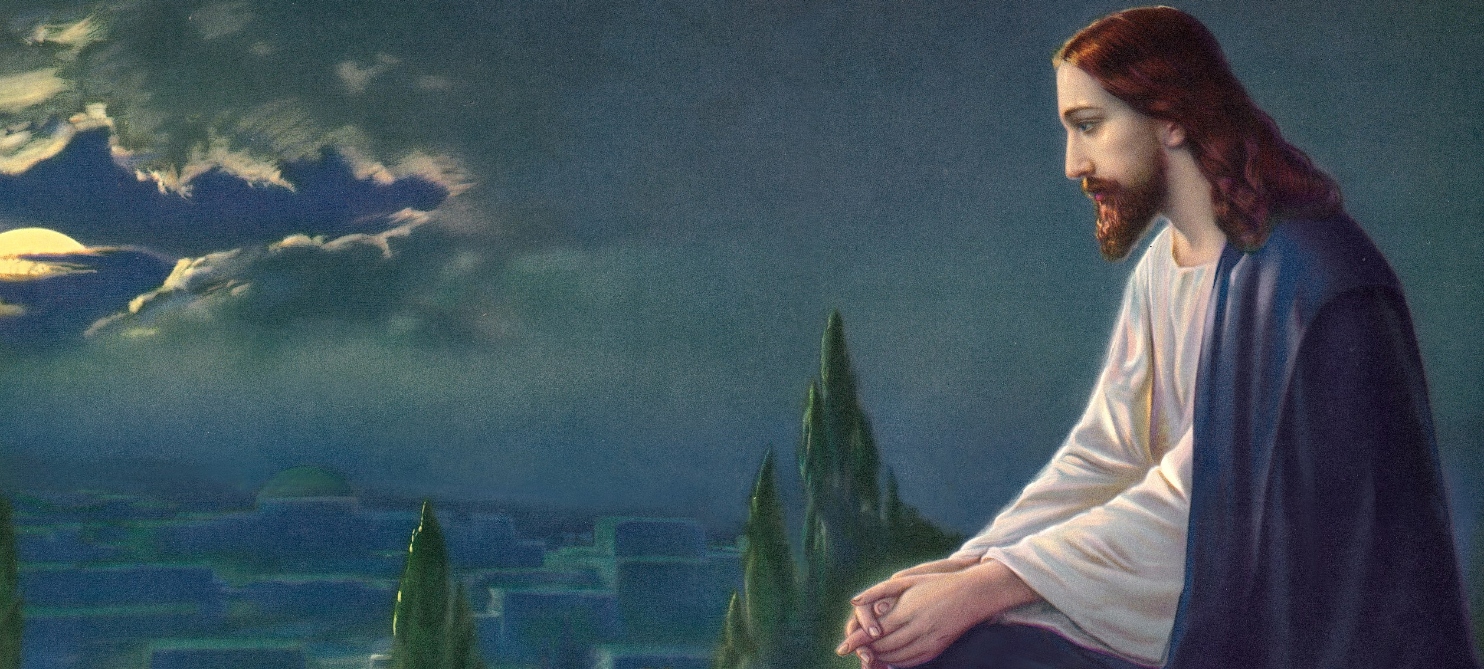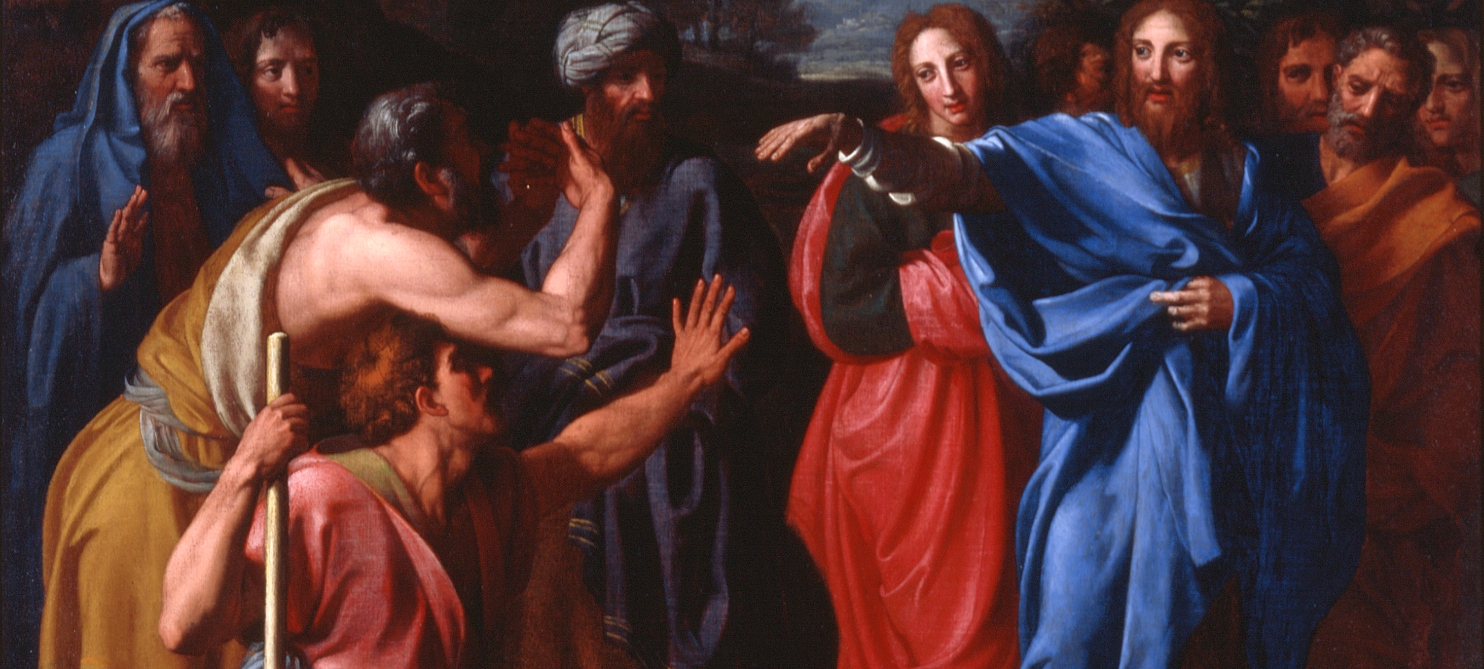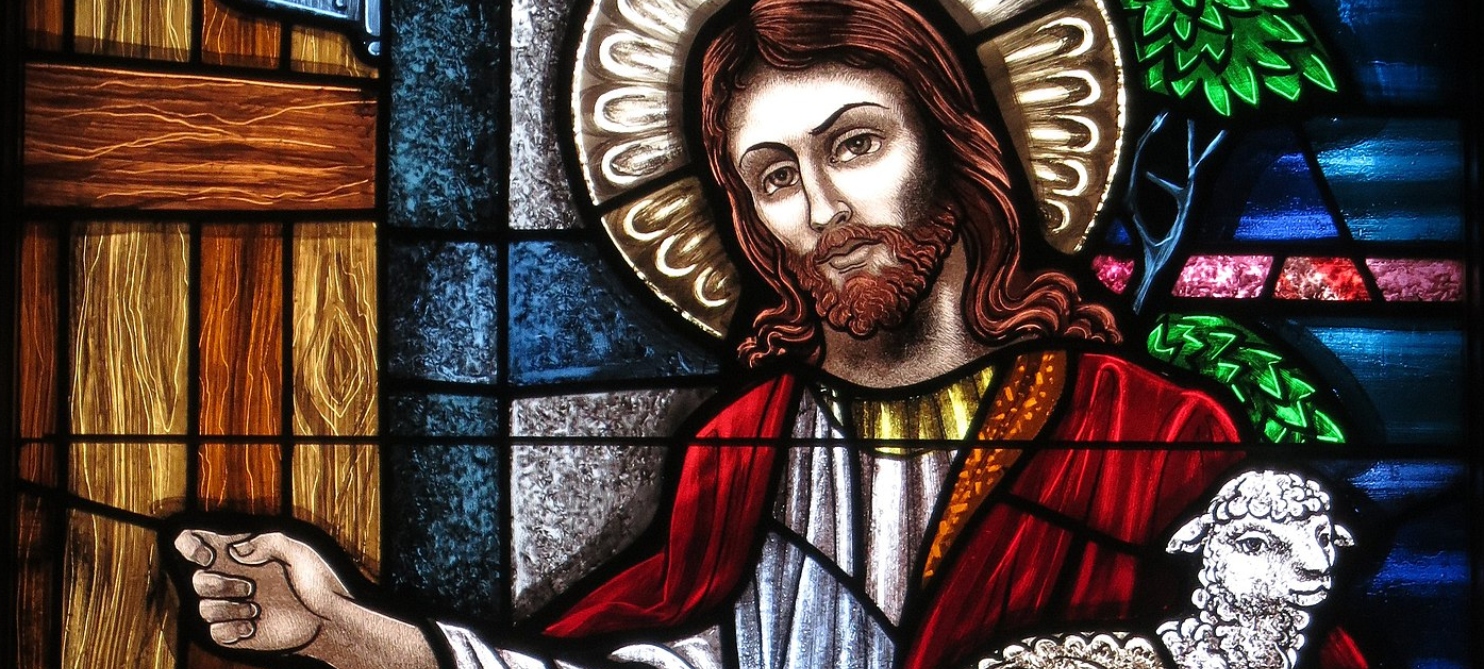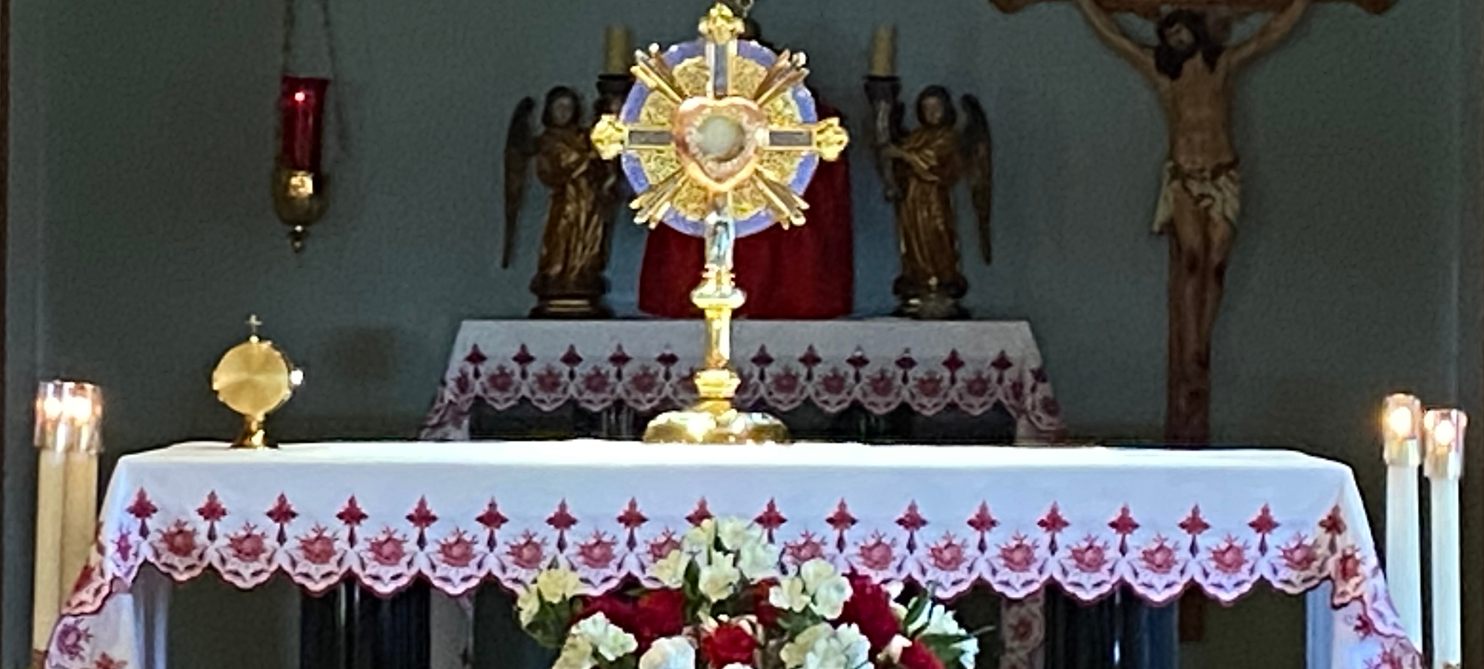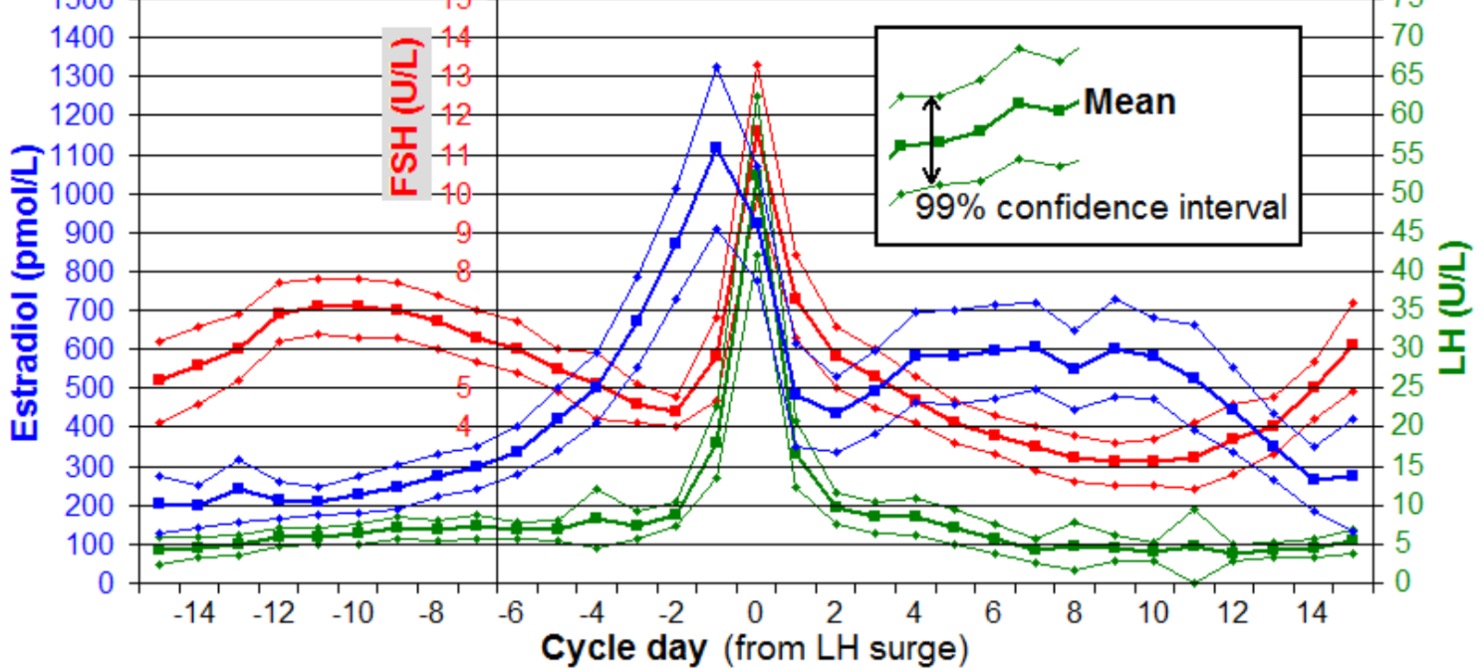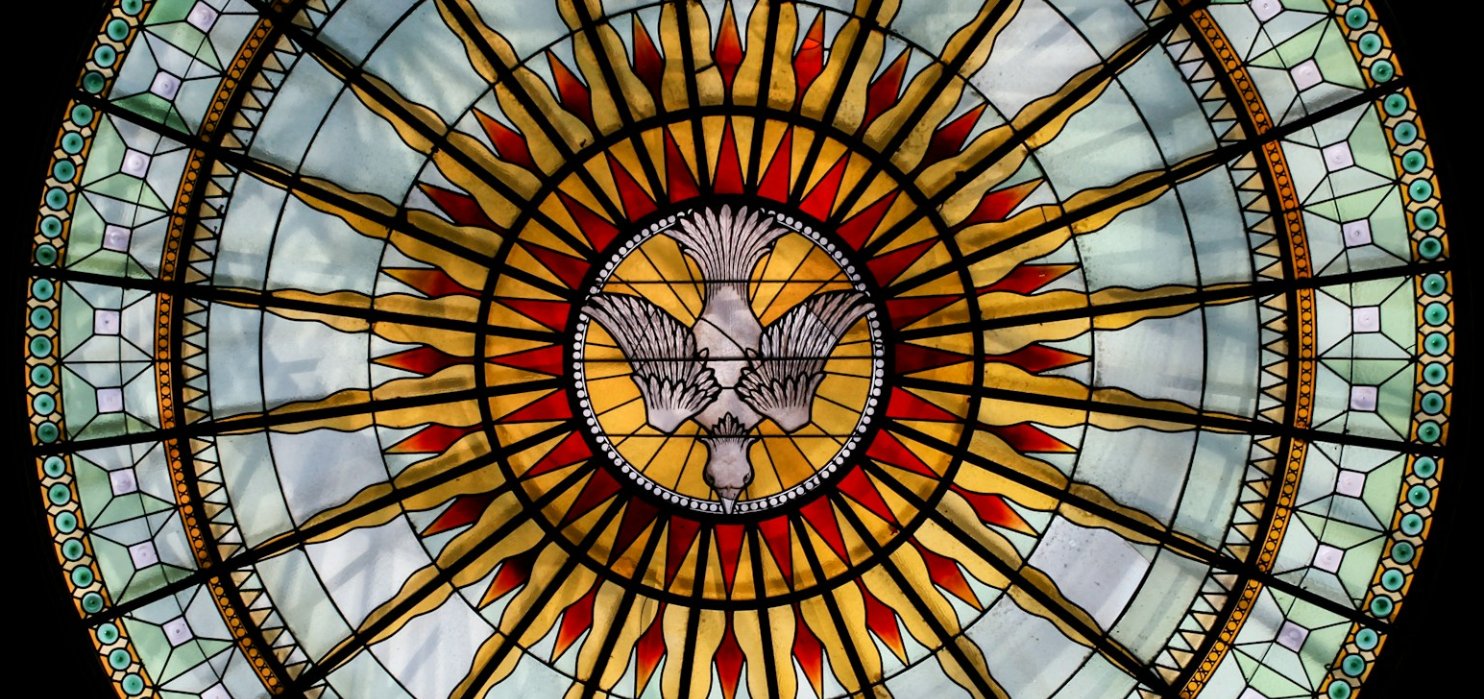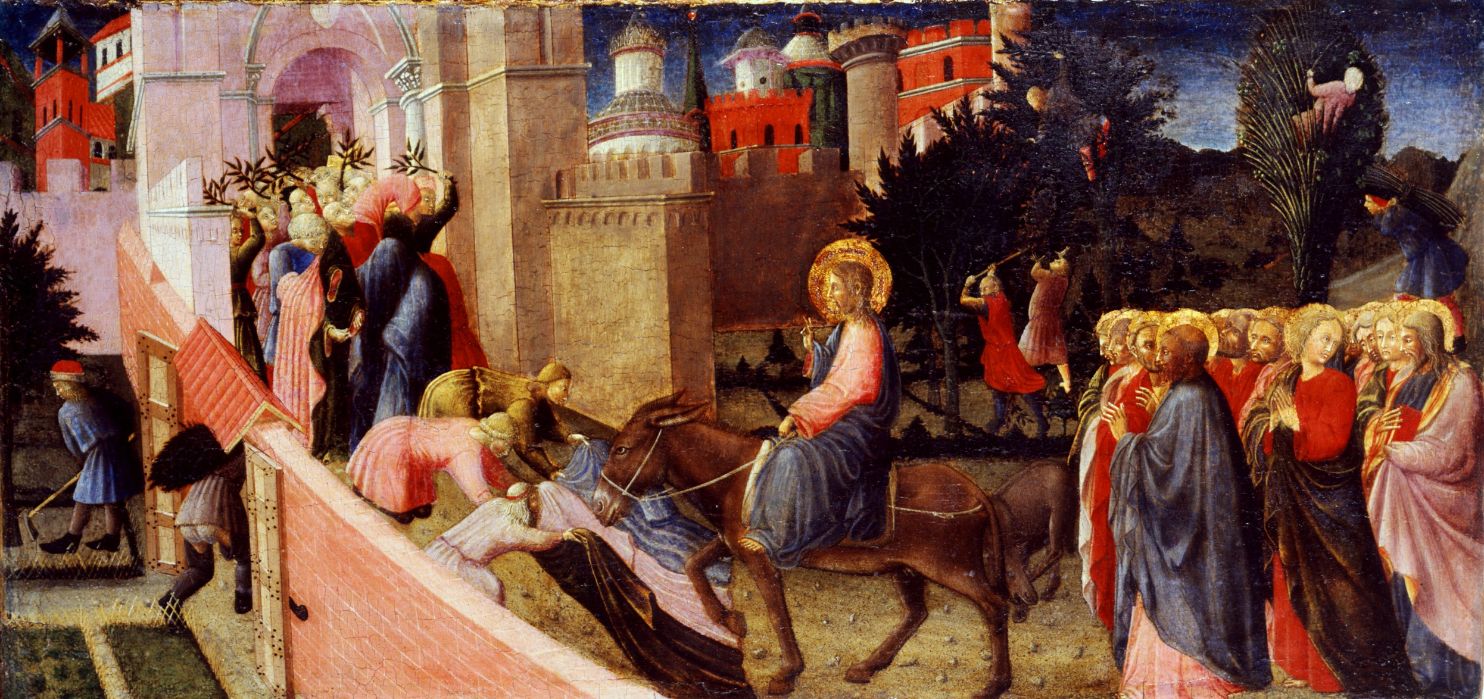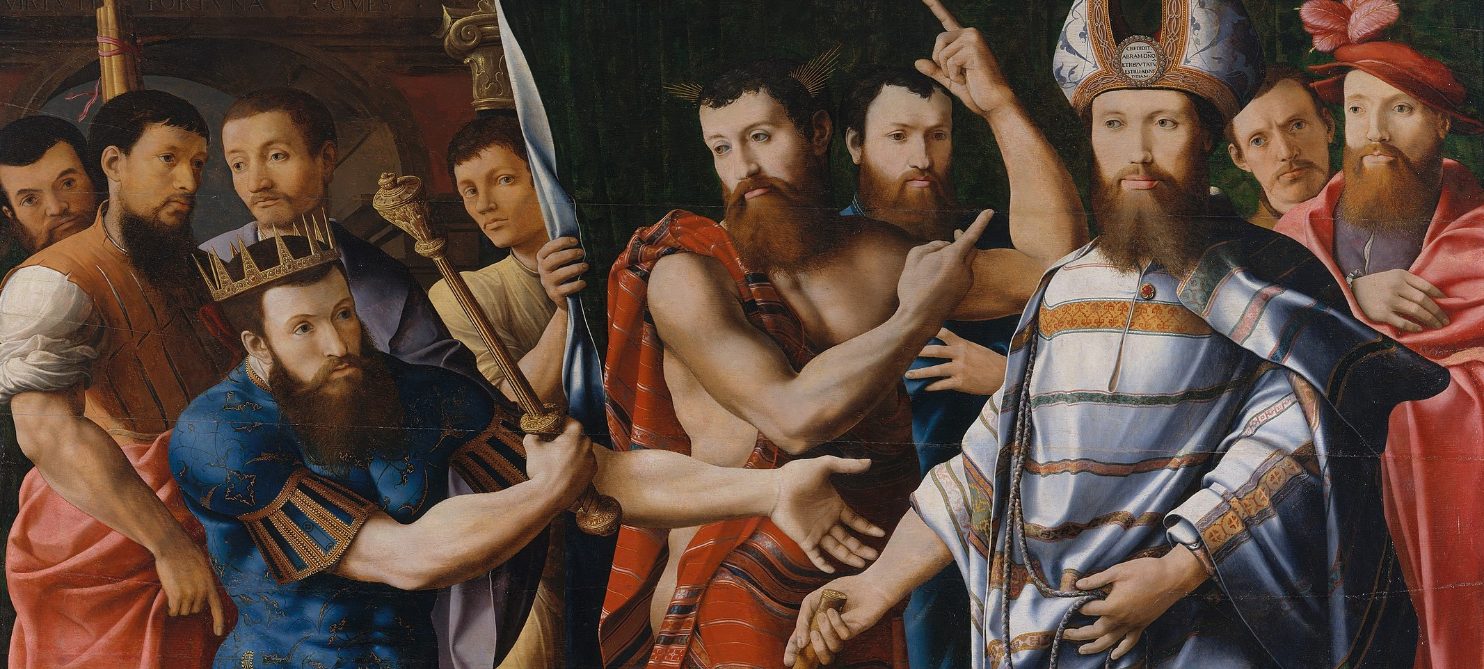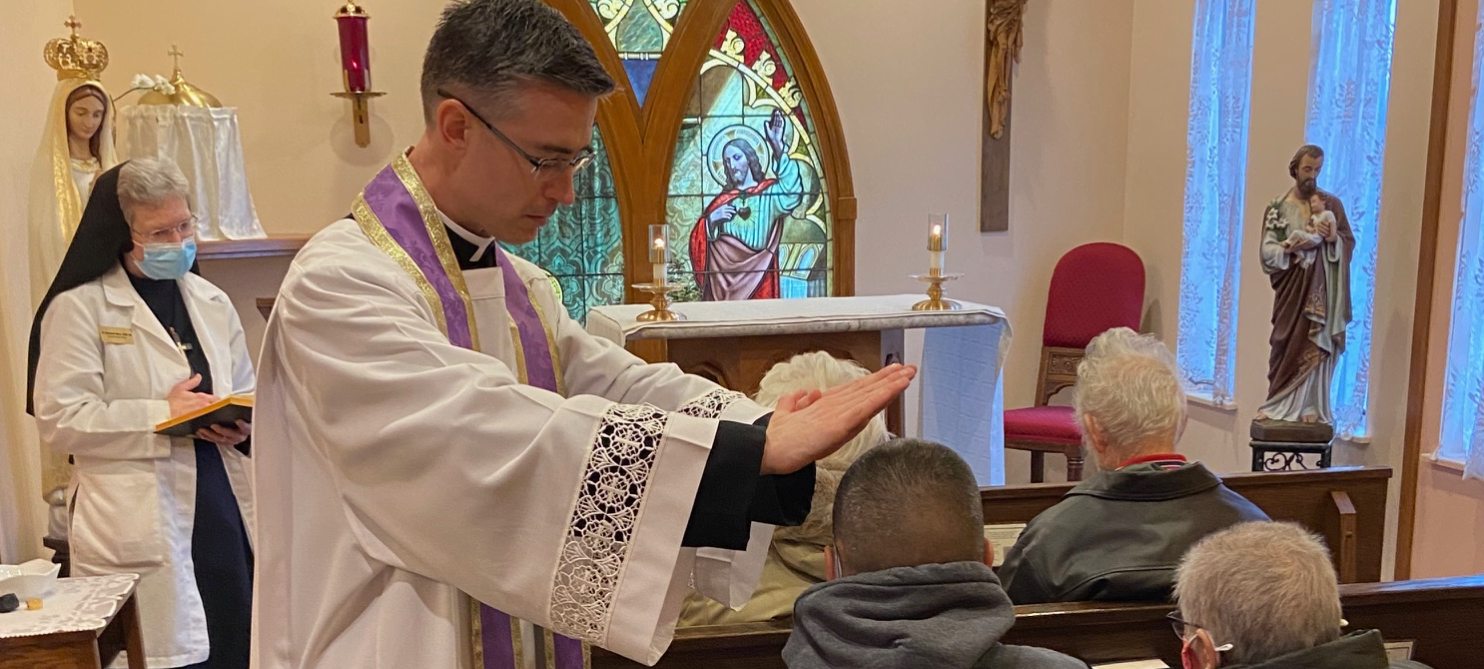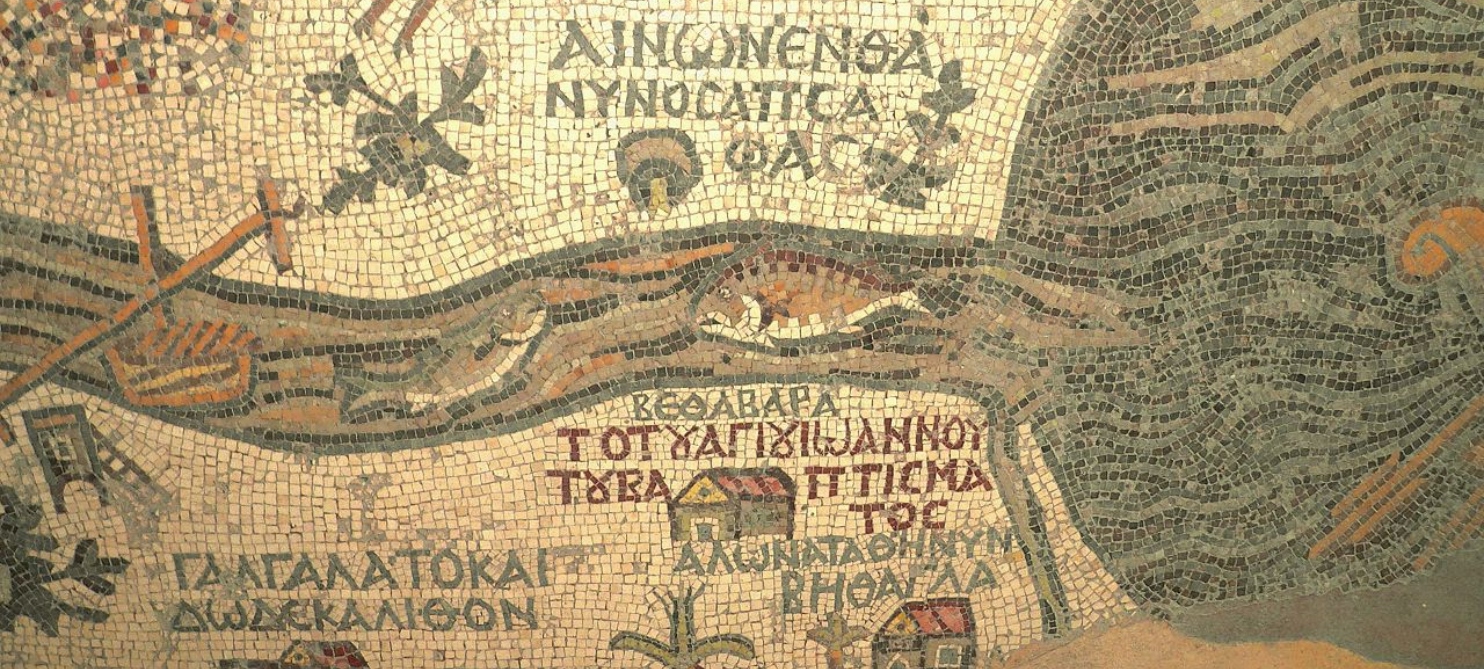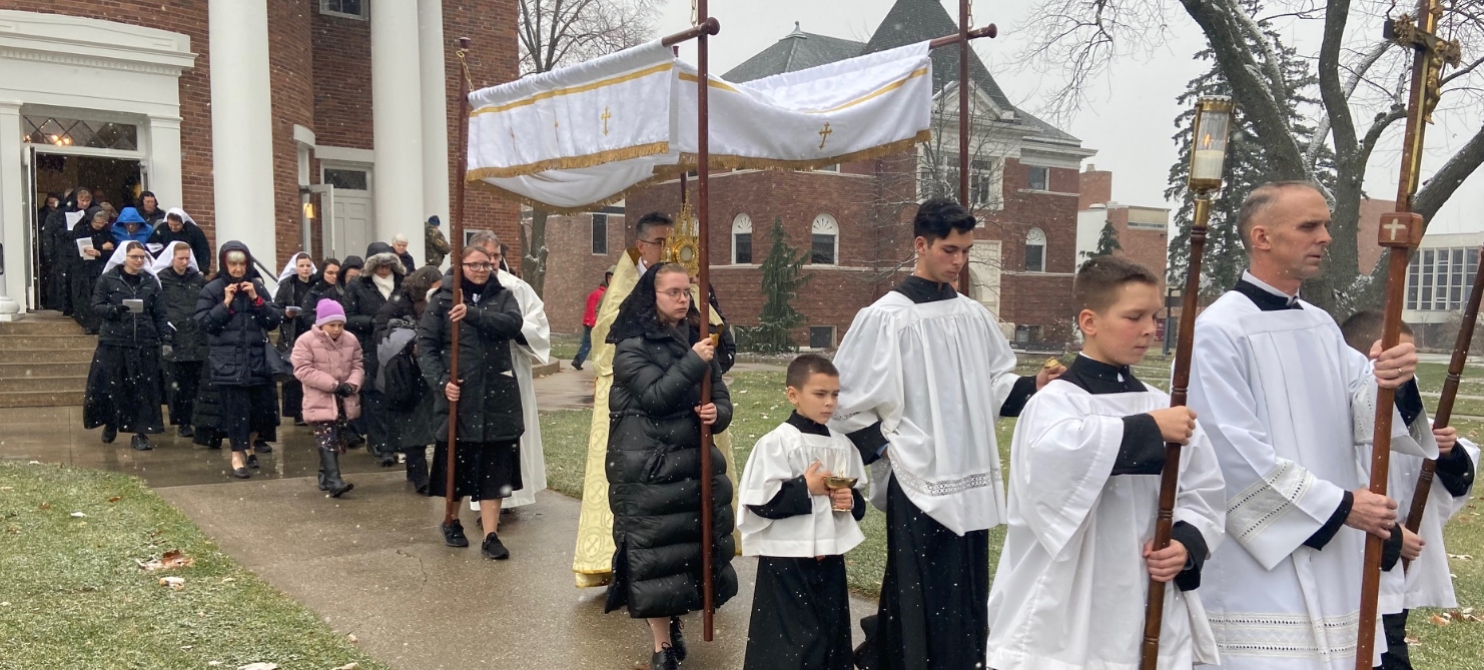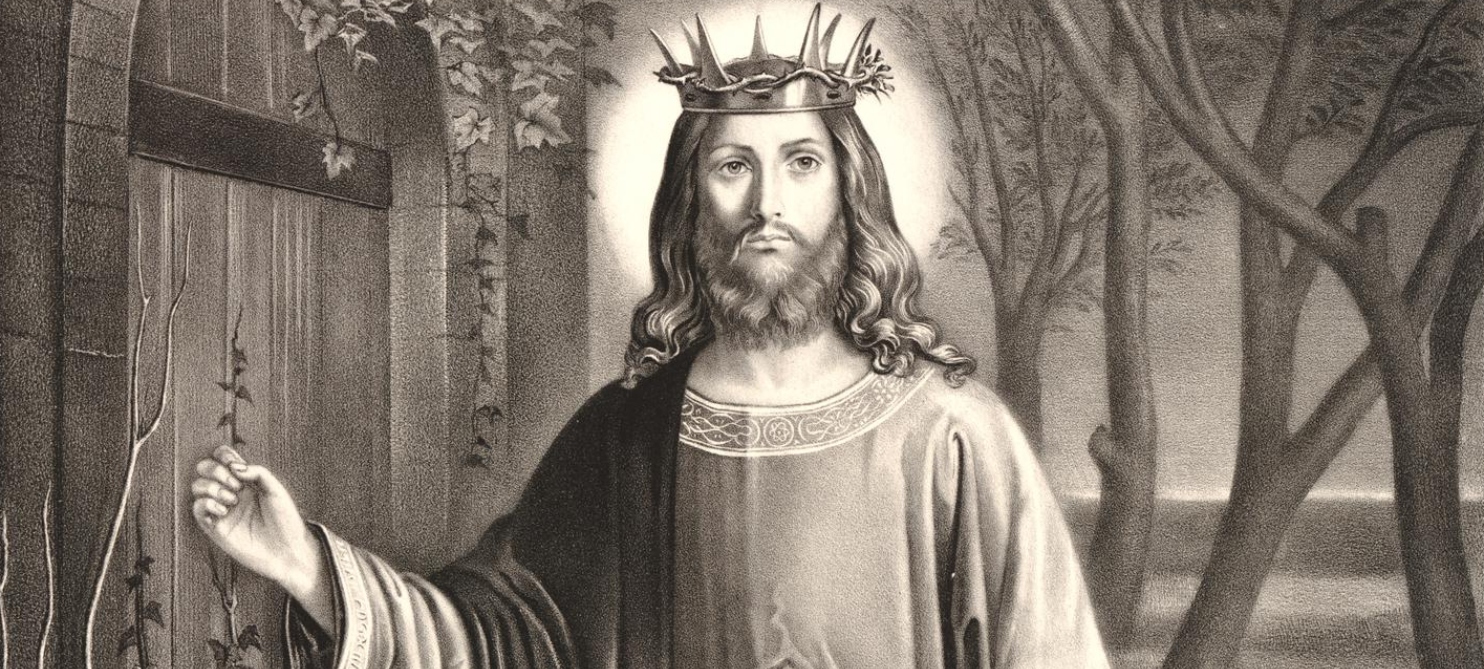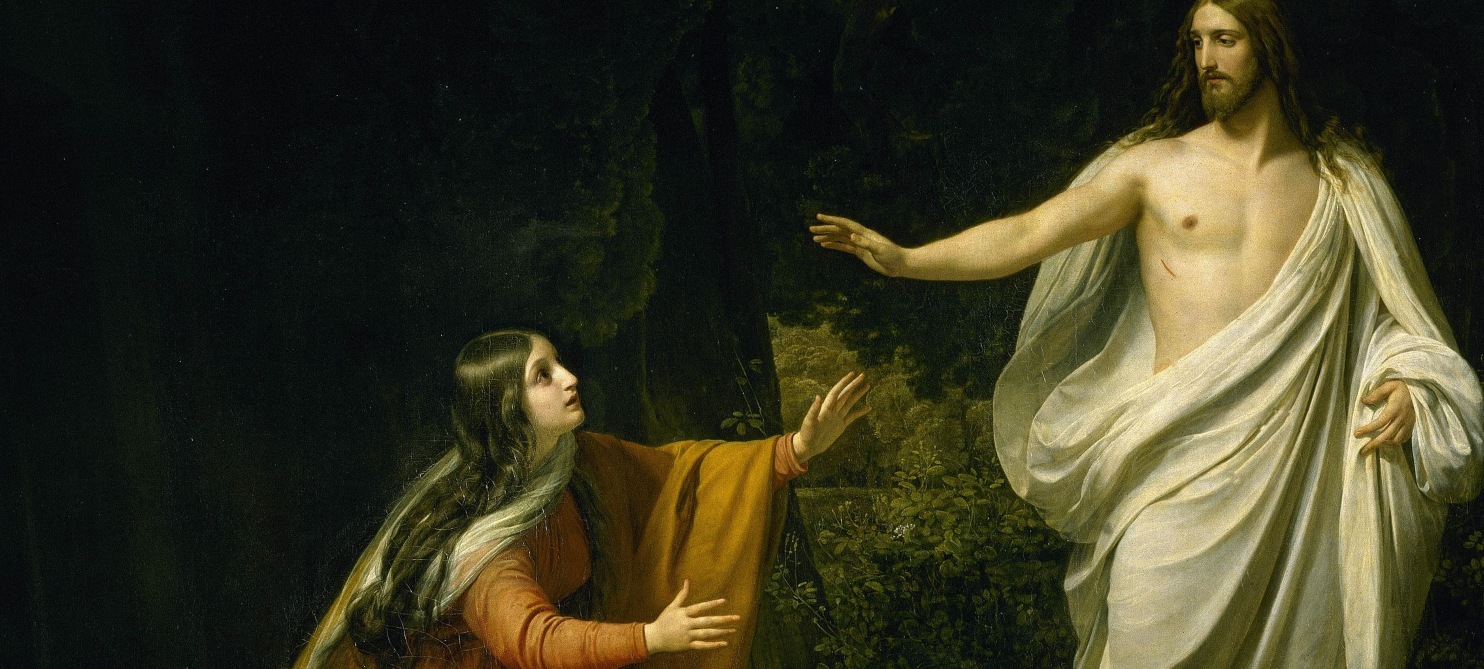In his is commentary on the Song of Songs, Saint Bernard speaks of the Lord as “leaping” and “drawing near the wall” in the Incarnation when he takes on human flesh. “He drew near the wall, therefore, when he joined himself to our flesh. Our flesh is the wall, and the Bridegroom’s approach is the incarnation of the Word.”[i] Saint Andrew of Crete refers to the celebration of the Nativity of Mary as of a “joyful prelude” of the Incarnation—the Gift of Salvation.[ii] The Nativity of the Blessed Virgin Mary is celebrated in the Church on September 8 with great joy. As Saint Andrew preached, “The present festival, the birth of the Mother of God, is the prelude, while the final act is the fore-ordained union of the Word with flesh. Today the Virgin is born, tended and formed and prepared for her role as Mother of God, who is the universal King of the ages.”
Saint Bernard describes the coming of Jesus Christ as Him leaping across the ages and making His home among the lowly. Saint Bernard uses the beautiful images of the Bridegroom and bride, noting how they bride watches, receives his gaze, and is filled with joy:
Not one of these details escapes the the alertness of the waiting bride
“My beloved speaks to me.” Look at the ways of grace, take note of the levels of God’s graciousness. Study the devotion and sagacity of the bride, with what a vigilant eye she watches for the bridegroom’s coming and scrutinizes everything about him. He comes, he comes faster, he draws near, he is here, he looks about, he speaks, and not one of these details escapes the diligence or the alertness of the waiting bride. He comes in the angels, he comes faster in the patriarchs, draws near in the prophets, is here in the incarnation, looks about in his miracles, speaks in his apostles. Or again: he comes with love and desire to show mercy, he comes faster in his eagerness to help, he draws near by assuming our lowliness, he is here to his contemporaries, looks ahead to future generations, speaks by teaching and convincing men of the kingdom of God…
She observed with the utmost watchfulness
So sagacious is [the bride], so experienced, so keenly vigilant, that she spied him coming a long way off, she heeded him leaping as he sped along, bounding over the proud, that through lowliness he might draw near to her lowly person. This she observed with the utmost watchfulness. And when he finally stopped and hid behind the wall, she nevertheless recognized his presence and was acutely aware that he was looking through the windows and lattices…
He looks on Mary and fills her with grace
You see, the gaze of the Lord, though ever in itself unchanged, does not always produce the same effect. It conforms to each person’s deserts, inspiring some with fear but bringing solace and security to others. For “he looks on the earth and it trembles,” whereas he looks on Mary and fills her with grace. “He has looked upon his lowly handmaid,” she said, “and from this day forward all generations will call me blessed.” These are the words of a happy girl, not of one who weeps in dread. In like manner he looks at the bride, but she does not tremble or weep like Peter, for unlike him she is not earthly-minded. Instead he filled her heart with joy, revealing by his words the affection with which he looked at her.[iii]
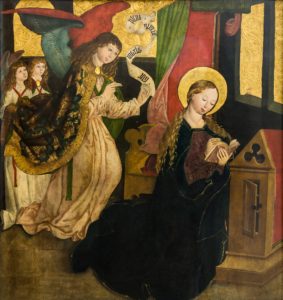
The Annunciation | Meister von Seitenstetten
May we rejoice in the gift of salvation on this day of its prelude in the Nativity of the Blessed Virgin Mary; and let us pray with the Church’s Collect for the Holy Sacrifice of the Mass:
Impart to your servants, we pray, O Lord,
the gift of heavenly grace,
that the feast of the Nativity of the Blessed Virgin
may bring deeper peace
to those for whom the birth of her Son
was the dawning of salvation.
Through our Lord Jesus Christ, your Son,
who lives and reigns with you in the unity of the Holy Spirit,
God, for ever and ever. AMEN.[iv]
Image Credits:
Ghirlandaio, Domenico. “Birth of Mary.” WikiMedia Commons, June 4, 2011. https://commons.wikimedia.org/wiki/File:Domenico_Ghirlandaio_-_Birth_of_Mary_-_WGA8830.jpg.
von Seitenstetten, Meister. “The Annunciation.” WikiMedia Commons, June 9, 2015. https://commons.wikimedia.org/wiki/File:Meister_von_Seitenstetten_-_Maria_Verk%C3%BCndigung.JPG.
[i] Saint Bernard, of Clairvaux. “His Presence and His Absence [Sermon 56].” Sermons on the Song of Songs. Accessed September 6, 2021. https://hymnsandchants.com/Texts/Sermons/SongOfSongs/Sermon56/Sermon56.htm.
[ii] Saint Andrew, of Crete. “The Old Has Passed Away: All Things Are Made New.” Nativity of Mary – office of readings. Accessed September 6, 2021. http://www.liturgies.net/saints/mary/nativity/officeofreadings.htm.
(Oratio 1: PG 97, 806-810)
[iii] Saint Bernard, of Clairvaux. “He Grants Fear to Some, Security to Others [57].” Sermons on the Song of Songs . Accessed September 6, 2021. https://hymnsandchants.com/Texts/Sermons/SongOfSongs/Sermon57/Sermon57.htm.
[iv] Nativity of Mary – Collect for the Holy Sacrifice of the Mass. Accessed September 6, 2021. http://www.liturgies.net/saints/mary/nativity/officeofreadings.htm.
Posted for the Nativity of the Blessed Virgin Mary | September 8, 2021


